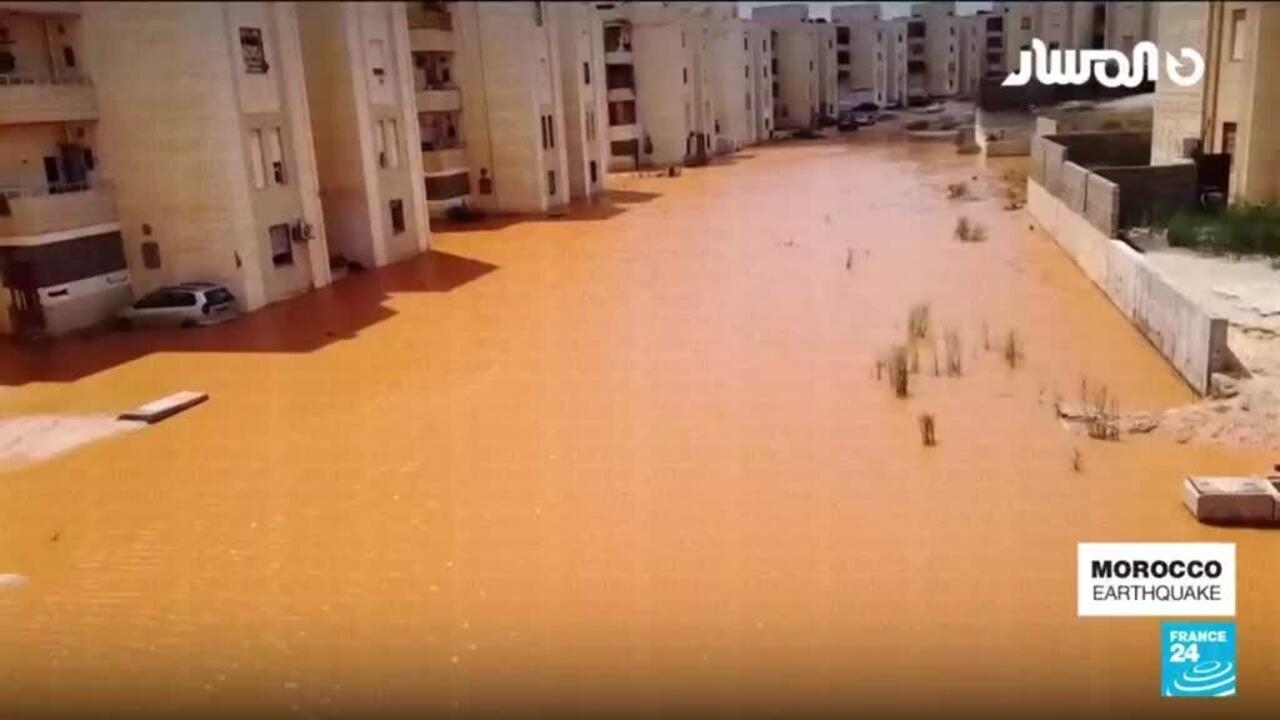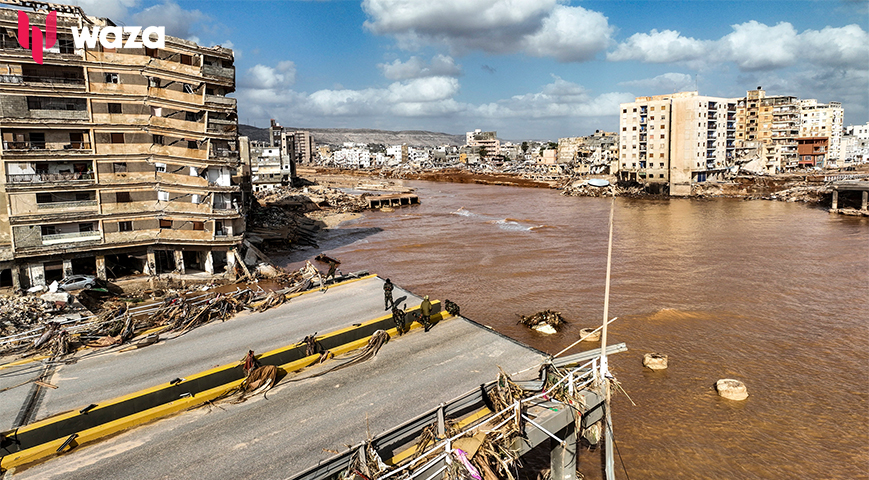As bodies pile up in the streets of Derna, the northern coastal city devastated by flooding when a torrential downpour blasted through two dams, spilling homes into the sea, Libya is scrambling to bury its dead.
According to Saadeddin Abdul Wakil, health ministry undersecretary of the Unity Government in Tripoli, one of two competing administrations operating in the country, the death toll has risen to almost 6,000 persons as of Wednesday AM local time.
According to personnel, morgues are packed in closed hospitals despite the pressing need to treat disaster survivors. According to Egypt's emigration ministry, the government buried 87 Egyptian victims who died in Libya.
Authorities fear 10,000 more people remain missing, maybe swept out to sea or buried beneath rubble strewn over the metropolis that formerly housed over 100,000 people.
Did you read this?
The flooding in Derna has displaced over 30,000 people, according to Libya's International Organization for Migration (IOM).
The extensive damage to the region's infrastructure has rendered some affected areas inaccessible to humanitarian organizations. Only two of the seven entry points to Derna are presently open.
Derna, Libya, on September 2, before the flooding, left, and after the dams fell, right.
Officials are scouring amid mountains of wreckage for survivors and bodies to respect Islamic traditions that the dead should be buried within three days.

"The Martyrs' Committee has been established to identify the missing people and to implement procedures for identifying and burying them in accordance with Sharia and legal laws and standards," said Adel Juma, Libya's state minister for cabinet affairs.
Storm Daniel's devastation has made it considerably more difficult for rescuers to remove roads and debris to find survivors.
The storm disrupted communications, complicating rescue attempts and raising concern among family members living outside Libya who are waiting for word on missing loved ones.









